Astronomy In Schools: How Do You Get Your Administration And Your Ministry To Listen?
Parallel Session
4th Shaw-IAU Workshop on Astronomy for Education
Session timeblocks
Tuesday Nov. 15, 2022
UTC: 9 a.m. -
10:30 a.m.
Wednesday Nov. 16, 2022
repeated:
UTC: 6 p.m. -
7:30 p.m.
One of the goals of the Office of Astronomy for Education (OAE) is to professionalize astronomy education for formal education in primary and secondary schools. One of the challenges that are faced in many parts of work, is that astronomy is not included in the schools’ curriculum. In this session, we will hear from astronomy professors, lecturers, and teachers who have had the experience of advocating for astronomy education in schools, with the ministry of education.
Schedule
-
Embedding modern astrophysics within the high school physics curriculum in Scotland
Tuesday Nov. 15, 2022
UTC: 9 a.m. - 9:25 a.m.Wednesday Nov. 16, 2022
UTC: 6 p.m. - 6:25 p.m.For more than a decade the national high school physics qualifications in Scotland have included key units on astrophysics, quantum and particle physics, cosmology and relativity. The focus of these topics has been not so much what scientists have learned, but how they have done so – thus giving students (and teachers!) greater insight into general principles of scientific research, including critical thinking and problem-solving skills. The focus on open-ended enquiry also aligned with the “Curriculum for Excellence”: the comprehensive reform of Scottish education carried out across all subject areas. Here I reflect on the experience of re-vamping the content and principles of high school physics education, in the context of the wider educational reform introduced in Scottish schools.
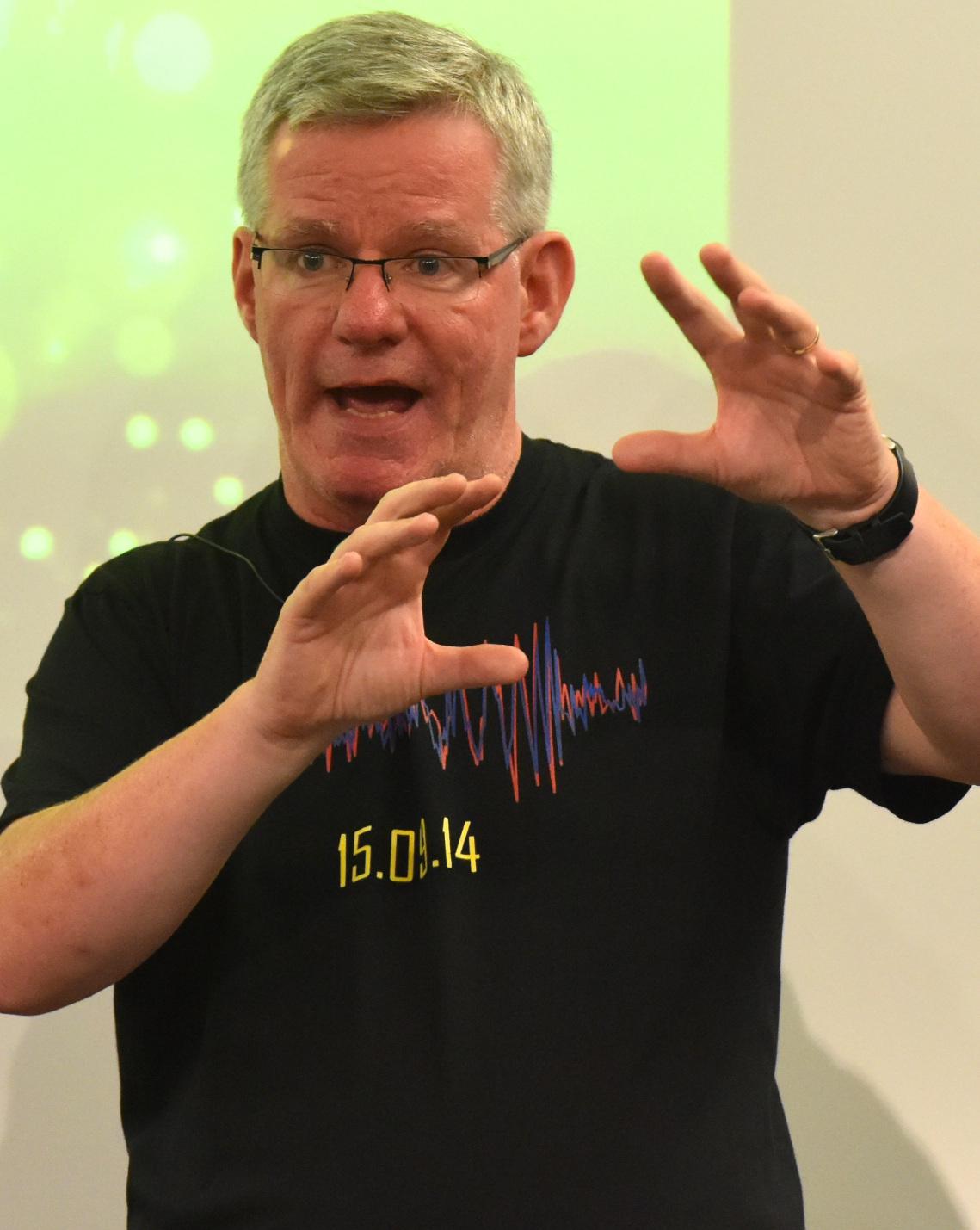
Martin Hendry (University of Glasgow)
For more information about this talk click here
-
Promoting astronomy education in schools: 20 years’ practice in China
Tuesday Nov. 15, 2022
UTC: 9:25 a.m. - 9:35 a.m.Wednesday Nov. 16, 2022
UTC: 6:25 p.m. - 6:35 p.m.Shortly after I came to Beijing Planetarium as its curator in 2002 from National Astronomical Observatories, I realized that the 1 million visits every year to the Planetarium is far beyond sufficient comparing to the 20+ million population even in the city itself. It is obvious that making astronomy one of the courses within normal school curriculum like language and math would be a fundamental solution to have everyone enjoy the wonderful and beauty of astronomy and universe. With supports from the Popularization Working Committee of Chinese Astronomical Society and other organizations, we made different efforts with national or local projects and activities, as well as contacting administration in different levels. Some results and lessons from the 20 years’ practice are summarized.
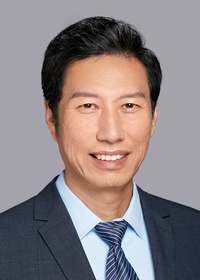
Zhu Jin (Beijing Planetarium)
For more information about this talk click here
-
The new astronomy curriculum pilot program in Turkey
Tuesday Nov. 15, 2022
UTC: 9:35 a.m. - 9:45 a.m.Wednesday Nov. 16, 2022
UTC: 6:35 p.m. - 6:45 p.m."A new astronomy curriculum study for secondary schools by the Ministry of Education in cooperation with TUBITAK (The Scientific and Technological Research Council of Turkey) is in preliminary progress since 2021. Three extended astronomy and astrophysics courses have been proposed for secondary education in science high schools in Turkey. One these courses have been approved for the pilot program to be applied in TUBITAK Science High School. Detailed teaching program of the “Astronomy and Universe” mandatory course is designed in cooperation with astronomers, physics teachers, course development and design experts, evaluation and assessment experts. A group of astronomers and physics teachers are now working on the textbooks for the new pilot program to start in 2023."
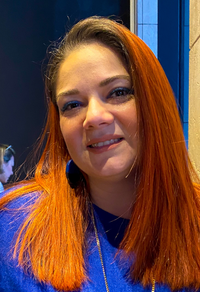
Aysegul Yelkenci (Istanbul Kultur University)
For more information about this talk click here
-
Astronomy education in the curriculum and schools of Iran
Tuesday Nov. 15, 2022
UTC: 9:45 a.m. - 9:55 a.m.Wednesday Nov. 16, 2022
UTC: 6:45 p.m. - 6:55 p.m."Astronomy education is one of the favorite activities of Iranian students and teachers that in recent years we have seen the growth of schools in astronomy education. Mehr Observatory, as the center of astronomy education in the Ministry of Education of Iran, has prepared plans and programs in order to develop astronomical activities in schools and has implemented it in collaboration with the education departments. Astronomy education in Iran increases the academic level of students and also leads to the realization of goals such as sustainable development, environmental protection, and the advancement of women and girls. In this presentation, we will examine the official education and the role of the Department of education and its support of astronomy development in Iranian schools."
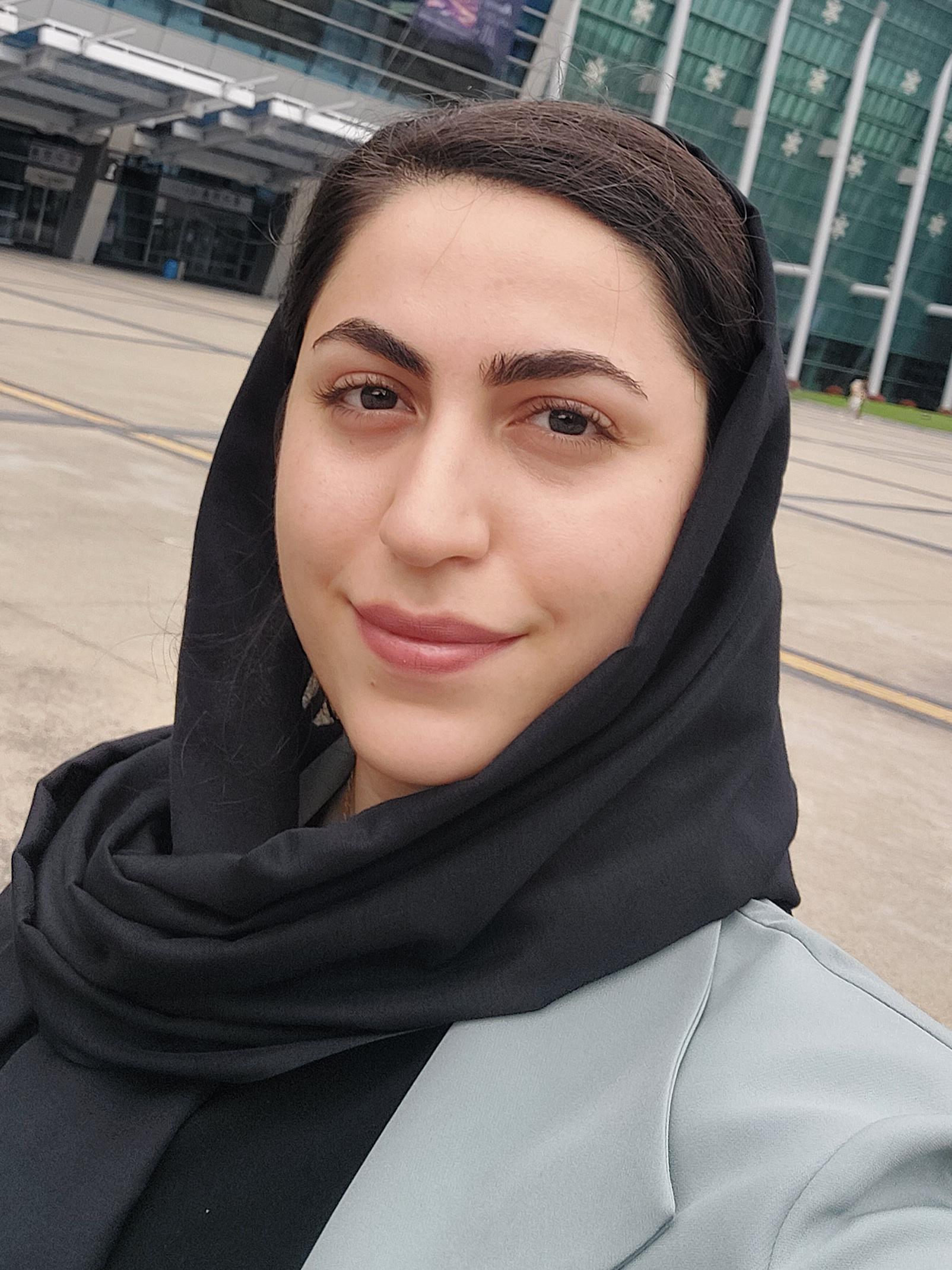
Maryam Papari (Director of Mehr Observatory)
Coauthors: Hossein Khezri, Mahdi Rokni (Astronomy instructor and manager of SINA), Parham Eisvandi (Astronomy instructor and Photographer)
For more information about this talk click here
-
Astronomy as a tool to improve high-school scientific education in Peru
Tuesday Nov. 15, 2022
UTC: 9:55 a.m. - 10:05 a.m.Wednesday Nov. 16, 2022
UTC: 6:55 p.m. - 7:05 p.m.I will present the CosmoAmautas project, a teacher training program which aims at using Astronomy to improve the scientific education in high-schools and equality of opportunities in Peru. We have implemented a virtual education model for teacher training and a national network of student Astronomy Clubs, as stepping stones towards achieving the integration of astronomy in the national education plan. I will describe the development of an Astronomy curriculum tailored to the national curriculum and the set of original enquiry-based learning activities across most subfields in Astronomy. Finally, I will discuss the relevance of online classroom material and introduce a platform of open-access Astronomy educational videogames, available for the international community.
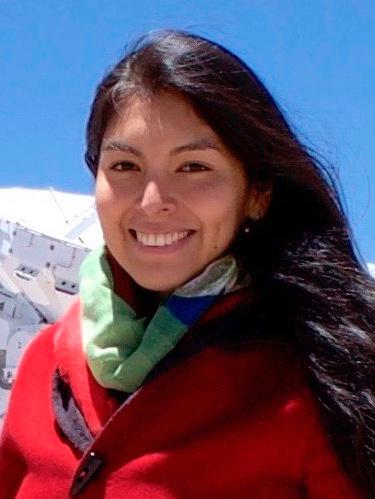
Gabriella Calistro Rivera (ESO)
Coauthors: Diego Alvarado Urrunaga (UNI), Daniella Bardalez Gagliuffi (Armherst University), Pamela Flores (LMU), Lisseth Gonzales Quevedo (UNMSM), Daniel Kleffman, Erick Meza (Comisión Nacional de Investigación y Desarrollo Aeroespacial del Perú - CONIDA), Vanessa Navarrete (UNMSM), ADita Quispe Quispe (IGP), José Ricra (AFARI), Bruno Rodríguez Marquina (Bonn University), Erika Torre Ramirez (UNI)
For more information about this talk click here
-
Astronomy Education for All High School Student - Challenges for the Future -
Tuesday Nov. 15, 2022
UTC: 10:05 a.m. - 10:15 a.m.Wednesday Nov. 16, 2022
UTC: 7:05 p.m. - 7:15 p.m."In this talk, examples of efforts in Japan will be presented. And we will then call for an international survey. In Japan, the high school curriculum national guidelines that came into effect this year still require students to choose from physics, chemistry, biology, and geology (including a little astronomy) as in the past. Currently, only about 30% of Japanese high school students study astronomy. However, in order to solve various problems facing modern society, such as responding to the 3Ss (Socity5.0, SDGs, and STEAM), science, technology, and innovation, maintaining the global environment, and coping with natural disasters, A short questionnaire form regarding high school science curricula in different countries will be handed out at this presentation."
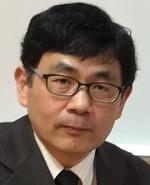
Hidehiko Agata (National Astronomical Observatory of Japan - NAOJ)
Coauthors: Yamasaki Yuki (Hosei University), Imai Izumi (Toho University), Komori Jiro (Teikyo-Heisei Universtiy), Ueno Munetaka (JAXA), Kaifu Kenzo (Chuo University), Tomita Akihiko (Wakayama University), Nagamuna Shotaro (Kyushu University)
For more information about this talk click here
-
Discussion Panel: Astronomy in schools: how do you get your administration and your ministry to listen?
Tuesday Nov. 15, 2022UTC: 10:15 a.m. - Monday Nov. 14, 2022 10:30 a.m.
Wednesday Nov. 16, 2022
UTC: 7:15 p.m. - Tuesday Nov. 15, 2022 7:30 p.m.Chair:
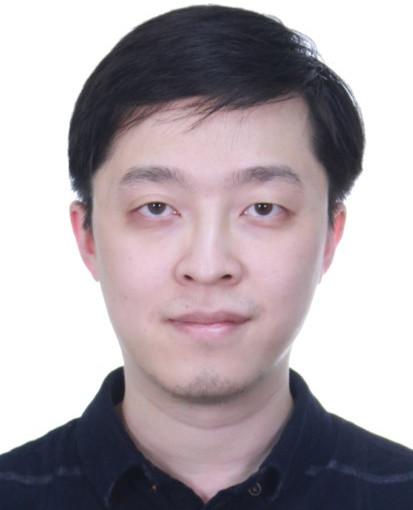
Li Peng
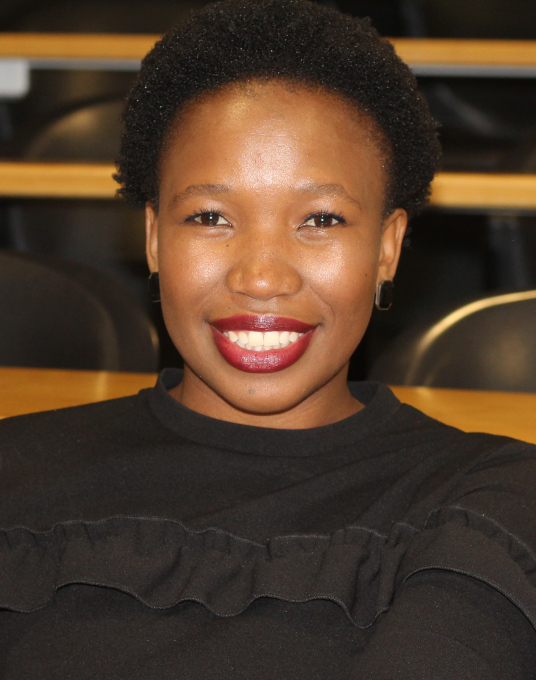
Tshiamiso Makwela
Panel: Hidehiko Agata
(National Astronomical Observatory of Japan - NAOJ), Gabriella Calistro Rivera
(ESO), Martin Hendry
(University of Glasgow), Maryam Papari
(Director of Mehr Observatory), Aysegul Yelkenci
(Istanbul Kultur University), Zhu Jin
(Beijing Planetarium)
Posters
-
"Colonization of Mars - Challenges and Solution" - a game based activity
Eleana Balla (NOESIS - Thessaloniki Science Center and Technology Museum)
Educating people on Astronomy and Space science can act as a "gateway" that opens a world of possibilities by nurturing inquisitiveness and the pursuit of knowledge using the scientific method. Moreover, as astronomical research is technology driven, astronomy and space education provide excellent opportunities to enhance different aspects of STEM education. NOESIS being inspired by the human’s plan to colonize Mars developed the game based activity "Collonization of Mars-challenges and solutions" for secondary students. Using tablets and an android app the students are dealing with challenges and situations faced by scientists, experts and astronauts in the colonization project of Mars.
-
Astronomy education in the curriculum in Nepal: the need for capacity building from an author's persepective
Raj Kumar Dhakal
Although astronomy is a separate branch of science it has been included as a physics curriculum in Nepal. The curriculum of Nepal is being prepared, updated and evaluated by the Curriculum Development Centre (CDC) under the Ministry of Education, Science and Technology in Nepal. Generally, curriculum is being updated in each 10 years. According to the policy Nepal is in the phase of implementation of new curriculum as it has been prepared in 2020. The new curriculum has been implemented for Grades 1, 6 and 11 in the year 2020, for Grades 2,3,6 and 12 in the year 2021, for Grades 4,7 and 9 in the year 2022 and for Grades 5,8 and 10 will be implemented in the year 2022. As per the new curriculum of Nepal prepared by CDC, astronomy is included under the curriculum of Science and technology from Grades 4 to 10 and Physics in Grades 11 and 12. Looking at the scenario, our curriculum gives very less priority in astronomy education. One of the reasons for this could be the less interest of teachers, educators and curriculum developers in astronomy education. In spite of this, astronomy education is being included in each level now as a major unit. But, even with the updated curriculum, the result of the understanding and knowledge in students seems to be not so satisfactory. This can be visioned as the lack of knowledge among the teachers and educators which fails to quench the thirst of the students in the respective subject matter. Hence, I would like to share about the need of capacity building among the teacher and educators to facilitate the understanding of the knowledge along with the newer updates in the introduction of chapters and units in the astronomy in Nepali science books/curriculum. Also, the detailed information about the subjects that has been incorporated in the Nepali text books will be shared.
-
Astronomy in Brazilian Basic Education: an overview of contexts and contents in Elementary School
Thais Alexandre (Universidade de São Paulo), Taynara Nassar (Universidade de São Paulo), Cristina Leite (Universidade de São Paulo)
Astronomy is present in the Common National Curriculum Base in Brazil. The analysis of this document enabled us to build an overview of the themes related to Astronomy in Elementary School. It was possible to perceive that there’s an indication for proposals of sky’s observation, with identification of heavenly bodies and comprehension of the movements of the Earth, Sun and Moon, as a way of understanding periodic phenomenals on the first cycle of Elementary School. In the second cycle, the focus is the construction of relations between sky’s observations and scientific models, enabling the construction of arguments, interpretations and justifications based on scientific evidence for these phenomenals, in addition to deeper studies about the dynamics of the heavenly bodies of the Universe.
-
Developing and practicing astronomy curriculum for children
Yang XingYu (China West Normal University), Dr. Yan (China West Normal University), Dr. Li (China West Normal University)
To explore how to develop a kindergarten astronomy curriculum suitable for Chinese children, we conducted a year-long school-based astronomy curriculum development and practice in a public kindergarten in Sichuan. Initially, we researched the national policy and the cognitive situation of astronomy in this early childhood class. We chose the eight solar system planets as the theme, incorporated the teaching concept of hands-on, and used handicrafts and games as the main activities and knowledge transfer as the support. After the development, we started a weekly 90-minute course practice for 6 months. It has been proved by practice that the course content "The Eight Planets" developed by us is very suitable as an enlightenment course for young children.
-
Workshop "Exploring the Universe" in El Salvador for public from 4 years olds
Brisa Terezón (Micro Macro Observatory - Don Bosco University)
We present the experience of developing workshops aimed at the public from 4 years old. The subjects of astronomy and microscopy were selected from the educational curriculum of El Salvador. For astronomy topics, we use teaching materials suggested by NASE. As for microscopy, the experience of Botanika in Bremen was taken as a basis. The workshop includes observations of the universe with microscopes and telescopes, to show in a practical way how small-scale universes make up large-scale universes.




